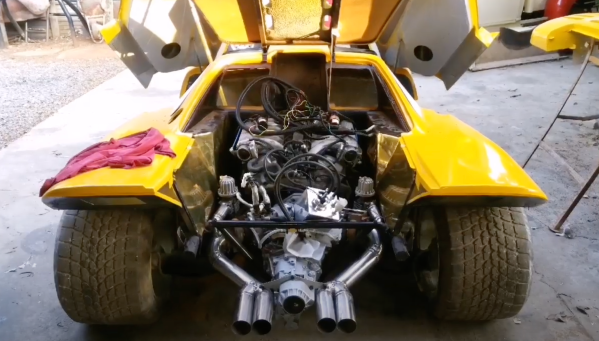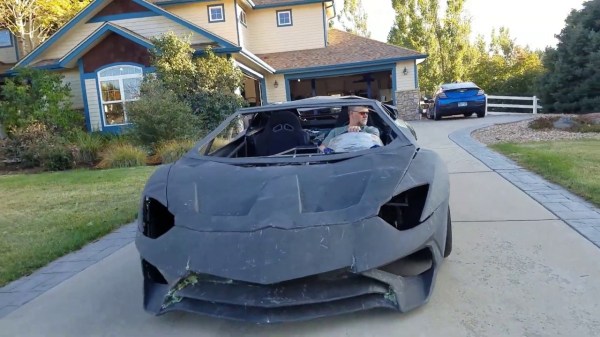It isn’t often we get a project that has an eighteen-year-long timeline, as staying focused on one project for that long is a significant investment of someone’s lifetime. But when you’re making your own carbon copy Mclaren, you need to be prepared for it to take a while. Unfortunately, there are only 6 of them in the world so for most people if you want one, you need to make your own.
Granted, in those eighteen years, [Brough Built] freely admits there were some gaps. He scrapped most of the earlier work, and today’s current iteration took about three years. This car is made of steel, aluminum, foam, carbon fiber, and sweat. It is a close copy of the F1, and it has all the features you would expect to see on the real thing, like the centered driver’s seat and the gold cladding in the engine bay.
A BMW V12 engine mated to an Audi six-speed gearbox provides the power inside the car. A custom clutch assembly was machined to make it all work. Overall, this is an incredible build with time, and precision just poured into it. Folding and cutting all that metal alone, not to mention all the meticulous welds on everything from the gas tank to the door panels.
Making your own car is a complex and long journey that can be incredibly rewarding. Perhaps not a copy of an existing vehicle but something new; check out this soap shaped hand-made electric car.














